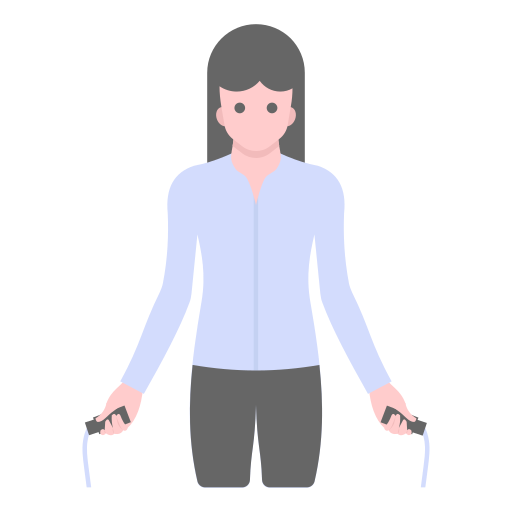Embrace failure as a learning tool in your training journey.
Training without encountering failure is impossible. Each misstep teaches you how to refine your approach, be more aware of your weaknesses and manage stress or emotional setbacks. Failures come in many forms, from system failures to personal mistakes. For instance, you might fail a task because of a system crash or due to not reading a crucial blog post. Sometimes, failures occur because we attempt something bold or untested, leading to inevitable setbacks. However, these failures are valuable lessons that contribute to our overall growth. System failures, where reliable protocols fail us, are common.

You might have experienced this when a dependable system crashed during a critical task. These failures are often beyond our control and highlight the need for robust backup plans. On the other hand, individual performance failures, such as not following a process due to lack of knowledge, emphasize the importance of thorough preparation and continuous learning. Personal failures, stemming from audacious or untested attempts, remind us that pushing boundaries can lead to setbacks but also fosters strength and resilience. “We crashed it” is a term that captures failures unrelated to competence. These can result from system breakdowns, lapses in protocol, or even errors in judgment.
🚀
Sometimes, you might follow a foolproof process and still encounter failure. These instances show that even well-designed systems are not infallible and that human judgment can be flawed. The key is to view these failures as opportunities to refine processes, enhance protocols and improve decision-making skills. When failures are due to our own mistakes or unmet expectations, they present a chance for growth. Instead of seeing these as setbacks, consider them as opportunities to improve your methods. For trainees, encountering unfamiliar material is part of the learning curve. Mastery comes from repeated exposure and practice.
🌴
Recognizing this, trainers must emphasize experience and repetition. As a trainer, teaching material that is new to you requires diligent study and practice until it becomes second nature. Take my experience as the Chief Instructor at Rope Mastery, where we teach rope access skills such as criss-cross and ropeflow. Training in such disciplines involves navigating through failures, understanding complex techniques and mastering new material through persistent practice. By embracing failure, both trainers and trainees can achieve a higher level of expertise and resilience, turning every setback into a stepping stone for success with the training jump rope.
🎖️